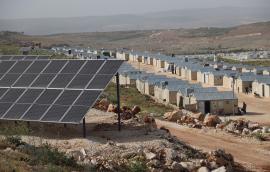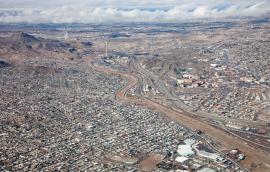Lessons From the 2023 Kahramanmaraş Earthquake
Turkey lies in a seismically active zone but lacks the rigorous regulation of construction safety standards needed to improve earthquake resistance. In a new Edward P. Djerejian Center for the Middle East brief, nonresident fellow A.Kadir Yildirim explains the relationship between the government and construction industry and what is needed to improve Turkey’s earthquake preparedness.
A.Kadir Yildirim October 10, 2024









